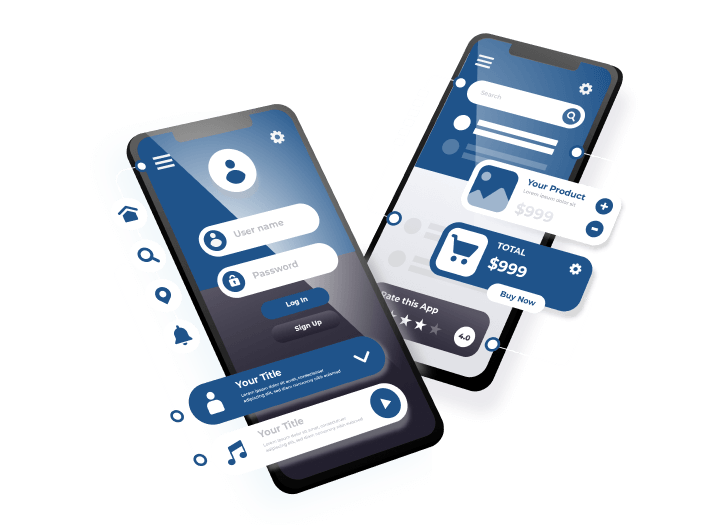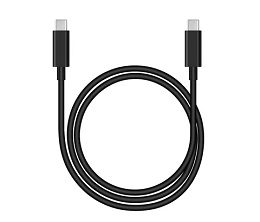In today’s fast-paced digital world, creating a successful product goes beyond aesthetics and functionality. It requires a deep understanding of users, their needs, and their behaviors. This is where user research becomes invaluable. User research is a critical step in the product design process, ensuring that designers create solutions that resonate with real users and address their pain points effectively.
What is User Research?
User research is the process of gathering insights about users through various methods, such as interviews, surveys, usability tests, and analytics. The goal is to understand users’ behaviors, needs, motivations, and pain points to design products that provide a seamless and meaningful experience.
Why is User Research Important?
1. Aligns Product with User Needs
One of the biggest mistakes in product design is making assumptions about what users want. User research provides concrete data that helps designers create products that truly meet users’ needs, leading to higher adoption and satisfaction rates.
2. Reduces Development Costs and Time
Investing in user research early in the design process can prevent costly redesigns and fixes later on. By identifying usability issues and user preferences from the start, teams can build more effective solutions without wasting resources.
3. Improves User Experience (UX)
A product that is easy to use and meets user expectations leads to better engagement and retention. User research helps designers create intuitive interfaces, reduce friction, and enhance the overall experience.
4. Increases Competitive Advantage
Understanding users better than competitors can give a company a significant edge. Products designed based on research are more likely to stand out in the market and build a loyal customer base.
5. Enhances Decision-Making
Design decisions backed by data and user insights are more likely to succeed than those based on guesswork. User research helps product teams make informed choices that align with business goals and user expectations.
Key Methods of User Research
1. Surveys and Questionnaires
Gathering quantitative data from a large audience to understand general trends and user preferences.
2. User Interviews
Speaking directly with users to gain deeper insights into their motivations, pain points, and expectations.
3. Usability Testing
Observing users as they interact with a product to identify usability issues and areas for improvement.
4. A/B Testing
Comparing two versions of a design to determine which one performs better based on user interactions.
5. Analytics and Heatmaps
Analyzing user behavior through data tracking and visual heatmaps to understand how users navigate a product.
How to Implement User Research in the Product Design Process
1. Define Research Goals
Clearly outline what you want to learn from user research. Are you trying to improve usability, understand pain points, or validate a new feature?
2. Choose the Right Research Methods
Select the most appropriate research techniques based on your objectives, timeline, and resources.
3. Recruit the Right Participants
Ensure that your research participants match your target audience to obtain relevant and actionable insights.
4. Analyze and Synthesize Findings
Translate raw data into meaningful insights that can inform design decisions.
5. Apply Research to Design
Incorporate research findings into wireframes, prototypes, and final designs to create user-centered solutions.
Conclusion
User research is the backbone of successful product design. It bridges the gap between user needs and business objectives, leading to products that are not only functional but also delightful to use. By making user research a fundamental part of the design process, companies can create products that truly resonate with their audience and drive long-term success.
Devoq Design is a leading UI/UX design agency serving clients in UI/UX Design Agency in Indiana and UI/UX Design Agency in Iowa , specializing in creating intuitive, user-centric digital experiences. With a strong focus on usability, accessibility, and modern design trends, Devoq Design helps businesses enhance their digital presence through innovative web and mobile solutions. Whether you’re a startup or an established enterprise, their team of expert designers and developers ensures that your product is both visually appealing and functionally seamless, delivering high-quality UI/UX services tailored to your unique needs.













